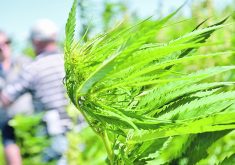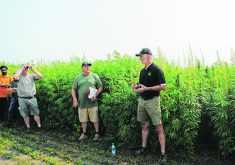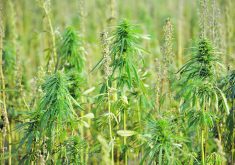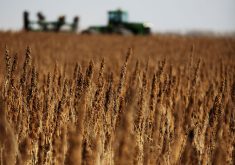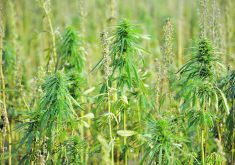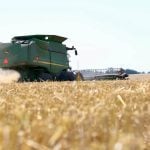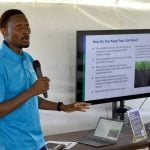The usual jokes about marijuana in connection with hemp were refreshingly absent during a tour of industrial hemp plots near Lethbridge June 24.
Maybe Jan Slaski’s mission is getting results.
“I am on a mission to educate the general public about differences in these two close cousins: industrial hemp and marijuana,” said Slaski, who is the team lead on crop development and management for Alberta Innovates Technology Futures.
He is also a researcher and long-time proponent of hemp production, which dates back to early Canadian settlement. It lost favour and legality because of its marijuana cousin and was revived as a crop 17 years ago when a ban on its cultivation was lifted.
Read Also
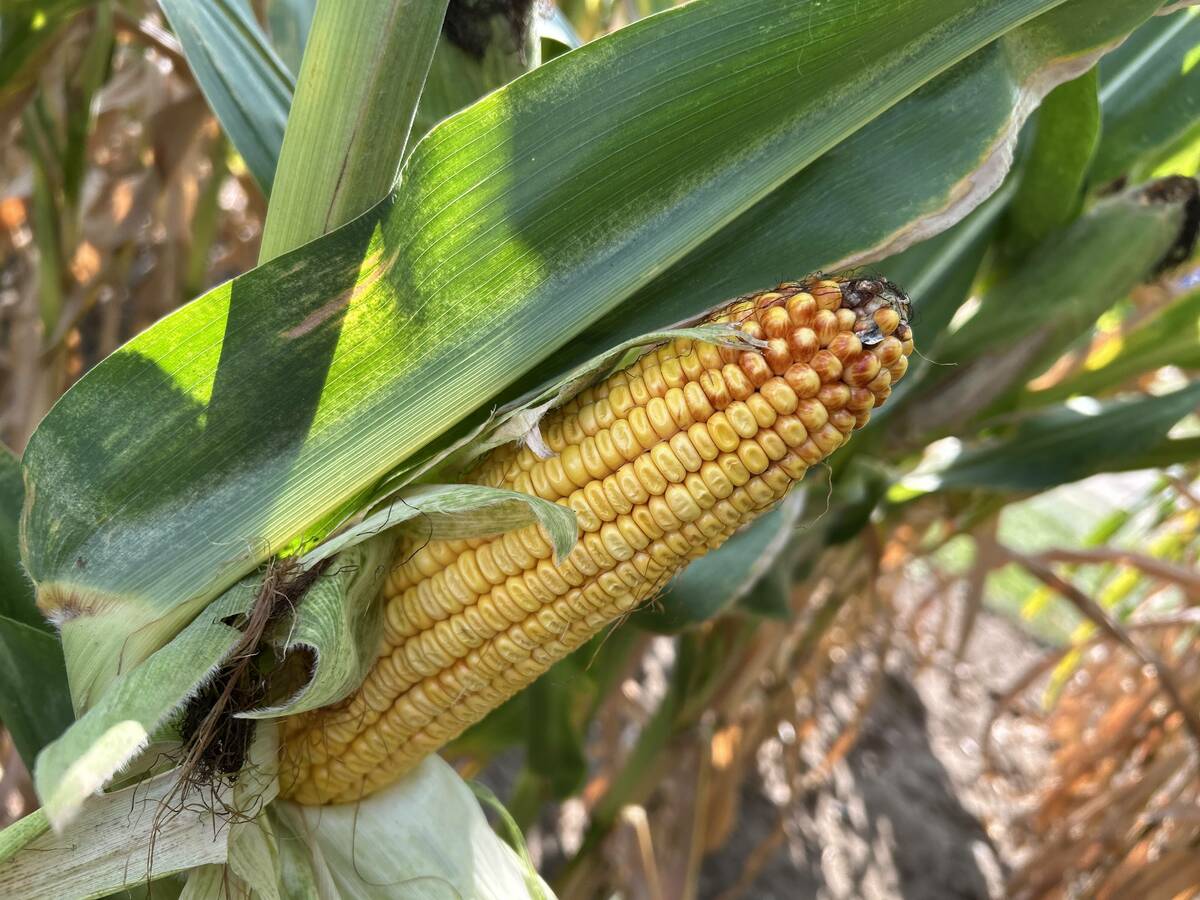
Crop estimates show mixed results
Model-based estimates used by Statistics Canada showed the 2025/26 crop year has seen increases in canola, corn for grain, oats and lentils production while seeing dips in spring wheat, durum wheat, soybeans and barley in comparison to 2024/25.
“We have proven that varieties that have been registered, they are useless for smoking,” Slaski told those at the Farming Smarter field school.
“They are harmless in a sense, so that’s why we are trying to move these regulations around industrial hemp from Health Canada to Agriculture Canada. We want hemp to be as any other crop grown in the country, and industrial hemp deserves it.”
Health Canada regulates hemp production because of its THC content. However, Slaski said any industrial hemp registered for growth in Canada has .3 percent or less THC content. In Europe, hemp has .2 percent THC.
In contrast, marijuana can exceed 30 percent THC.
Slaski recounted an incident that occurred while he was working in mature hemp plots near Vegreville, Alta. He heard a vehicle stop and some people entered the field. They quickly departed when he suddenly emerged from the tall and thick crop.
“Definitely those guys knew what they were looking for,” he said.
“However, they didn’t realize that the joint had to be 100 times larger (than marijuana).”
Producers grew 107,000 acres of hemp in Canada last year, about 27,000 of them in Alberta. Of the latter acreage, 8,000 acres were grown by Rowland Seeds of Grassy Lake.
Southern Alberta hemp growers have been hearing rumours about new hemp fibre businesses establishing in the region, but nothing has been announced.
Operations in Lethbridge and Chin are said to be in development, but details have not been revealed.
Most of the hemp grown in the region is focused on the hemp seed market, which is better developed than the fibre side.
For that reason, Finola is the most common variety grown. It is a short, early maturing variety, although Slaski said it has smaller seeds than some other types.
His current research, which he conducts in Lethbridge, Vegreville and the Peace River region, explores hemp varieties, seeding dates and fertility.
The multi-year, multi-site studies are designed to develop agronomic information for hemp production that Slaski said is sorely needed by growers and potential new growers.




